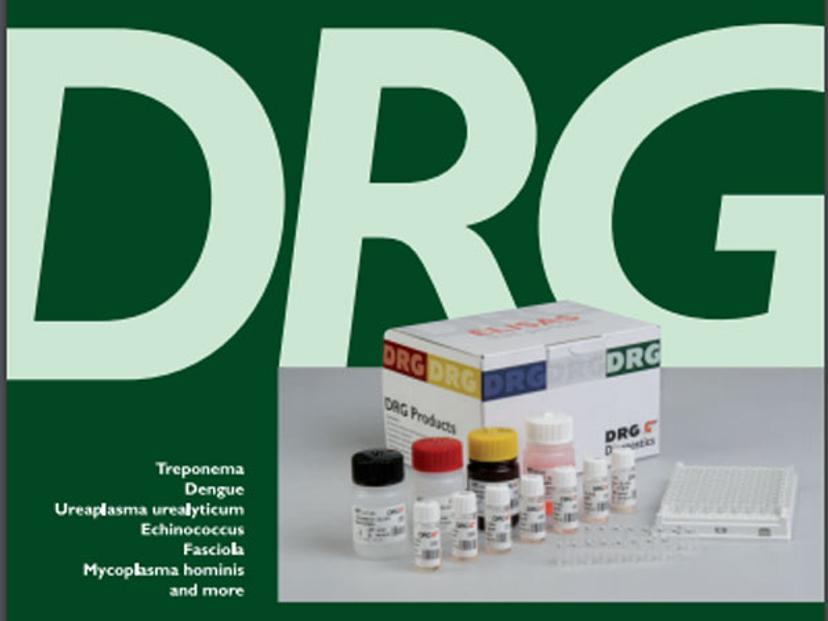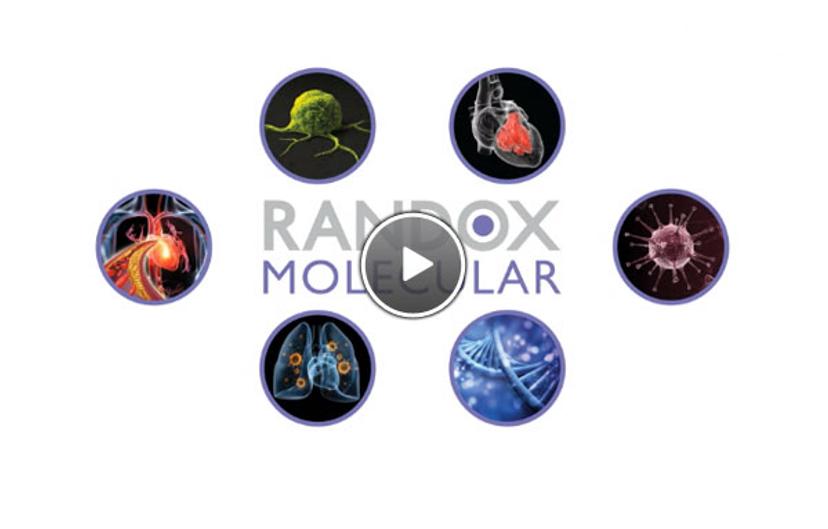Laboratories are Dealing with Over 357 Million STI Cases a Year
Modern technology enables laboratories to test for multiple infections, simultaneously
22 May 2016

Sexually transmitted infections include gonorrhea, HIV, syphilis, human papillomavirus and trichomoniasis
According to the WHO, more than 1 million people are infected with a sexually transmitted infection (STI) every day1. Every year sees approximately 357 million new cases of the four most common STI’s: chlamydia, gonorrhea, syphilis and trichomoniasis.
There are numerous benefits to the rapid and accurate diagnosis of STI’s including reducing morbidity and preventing further infection spread. In developed countries, laboratories play a vital role in this management of STI’s. With this in mind, the World Health Organization (WHO) has published a handbook entitled: Laboratory diagnosis of sexually transmitted infections, including human immunodeficiency virus. This manual is an invaluable guide for laboratories involved in STI testing.
STI diagnostics can be divided into three main approaches: identification via culture, staining and microscopy; immunoassay testing; and molecular diagnostic approaches.
Direct detection
Culture, staining and morphological assessment with a microscope still has great value, especially in areas that do not have access to more advanced technology. However, the method is labor intensive, time consuming and highly dependent on the abilities of the healthcare professional. In high-throughput laboratories of the developed world, this approach is being superseded by more advanced diagnostic platforms.
Immunoassay testing
Immunoassays can be manual or automated, depending on the requirements of the laboratory. Manual ELISA’s are frequently used for laboratory based STI testing and offer high sensitivity and specificity for the detection of antibodies and/or antigens.
An example from the SelectScience® product directory is the DRG Chlamydia trachomatis IgG ELISA Kit, a solid phase enzyme-linked immunosorbent assay (ELISA) which provides materials for measurement of IgG-class antibodies to Chlamydia trachomatis in human serum and plasma.

The DRG Chlamydia trachomatis IgG ELISA Kit is an example of a manual STI ELISA kit
Alternatively, immunoassays can be fully automated to carry out STI testing, such as the ADVIA Centaur CP Immunoassay System, for which a Syphilis assay is now available in the U.S. The assay uses a treponemal assay as the initial assay followed by a non-treponemal test (a reverse testing algorithm) which Siemens claims increases detection of both early primary and late-latent infections that would have been missed using a traditional testing approach (using a non-treponemal, e.g., RPR, as the initial assay).
At the beginning of this year, Aalto Bio Reagents announced the licensing of the first Lab on a Chip device based on Electrochemical Enzyme linked Immunoassay (EEIA) technology. The company intends that the device will used to identify a range of diseases including STI’s such as Herpes, HIV and Syphilis.
Molecular diagnostics
More laboratories are opting for molecular diagnostic techniques that offer multiplex capabilities; thus allowing laboratories to screen for multiple infections at the same time. An example of state-of-the-art technology available on the market is the STI Multiplex Array from Randox Laboratories which uses a combination of multiplex PCR and biochip array hybridization. The STI array is able to simultaneously detect 10 bacterial, viral and protozoan infections and co-infections for a complete infection profile.

Watch video: Randox Biosciences STI Multiplex Array - Molecular Testing
For more information on the STI Multiplex Array, the poster ‘Detection of Ten Common STI Pathogens’ is available now for free download.
References:
